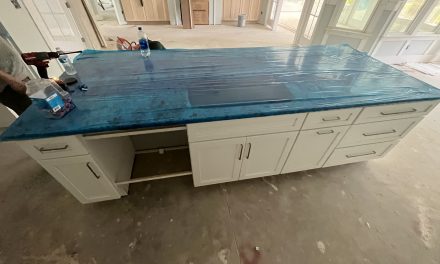Home Equity Lines of Credit (HELOCs) offer homeowners a tempting proposition: access to a revolving line of credit secured by the value of their home. But just like any powerful tool, a HELOC comes with its own set of potential risks. Before you dive in, it’s crucial to understand these risks and take steps to protect yourself.
HELOC Risks: From Interest Rate Rollercoasters to Foreclosure Frights
- Variable Interest Rates: Unlike fixed-rate mortgages, most HELOCs boast variable rates, meaning they fluctuate based on market conditions. This can lead to increased monthly payments down the line, putting a strain on your budget.
- Temptation to Overspend: With readily available credit, it’s easy to fall into the trap of overspending. Remember, a HELOC is not free money; it’s debt you need to repay with interest.
- Potential for Foreclosure: If you fail to make payments on your HELOC, your lender could foreclose on your home, meaning you could lose it entirely.
- Fees and Costs: Beyond interest, HELOCs come with various fees, such as annual fees, origination fees, and closing costs. Make sure you understand all associated costs before signing on the dotted line.
- Impact on Credit Score: Missed payments or high outstanding balances on your HELOC can negatively impact your credit score, making it harder to qualify for future loans or credit cards.
Shielding Yourself: Building a HELOC Safety Net
- Stress Test Your Budget: Don’t just focus on the current interest rate. Simulate potential rate increases to ensure your budget can handle higher monthly payments in the future.
- Borrow Responsibly: Only borrow what you truly need and can afford to repay comfortably. Create a solid repayment plan and stick to it.
- Fixed-Rate Option (if available): Consider a fixed-rate HELOC for stability, even if it comes at a slightly higher cost upfront.
- Shop Around & Compare: Don’t settle for the first offer you see. Compare rates and fees from different lenders to find the best deal.
- Understand All Costs: Ask detailed questions about every fee associated with the HELOC, including potential waivers or reductions.
- Build an Emergency Fund: Having a financial cushion can help you weather unexpected expenses and avoid relying on your HELOC for emergencies.
- Seek Professional Advice: A financial advisor can help you assess your individual circumstances and determine if a HELOC is right for you.
Remember, a HELOC is a powerful financial tool, but it’s not without its risks. By understanding these risks and taking proactive steps to protect yourself, you can leverage your home equity responsibly and achieve your financial goals.





